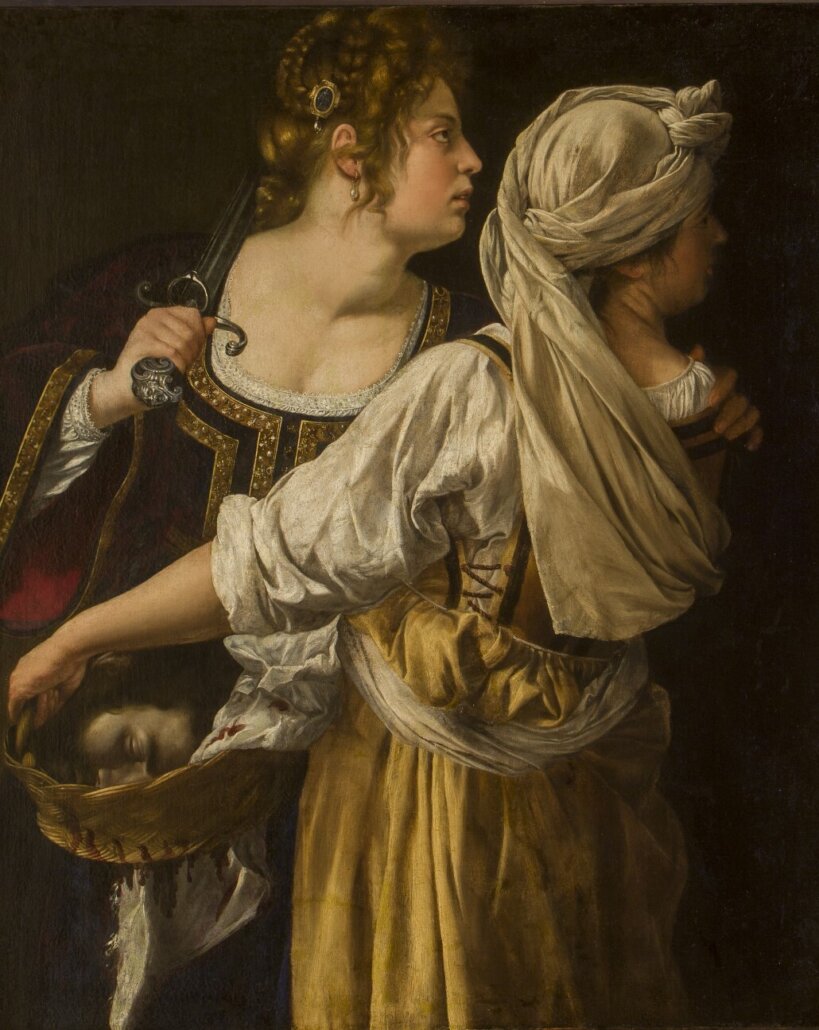What was the role of women artists in Late Renaissance and Baroque Italy? How did they come into their own artistically in a male-dominated world? Such is the premise of the fall exhibition of the Museum of Fine Arts Ghent (MSK). Featuring some fifty paintings, the exhibition sheds light on the critical role of women painters in Italy from 1550 to 1680.
Artemisia Gentileschi (1593-1652), arguably the most famous female artist of 17th-century Italian art, figures prominently in the exhibition, which compares her work with that of her female contemporaries. The inclusion of decorative art objects from the period serve to contextualize the works of these women.
The Ladies of the Baroque
Women painters in 16th and 17th century Italy